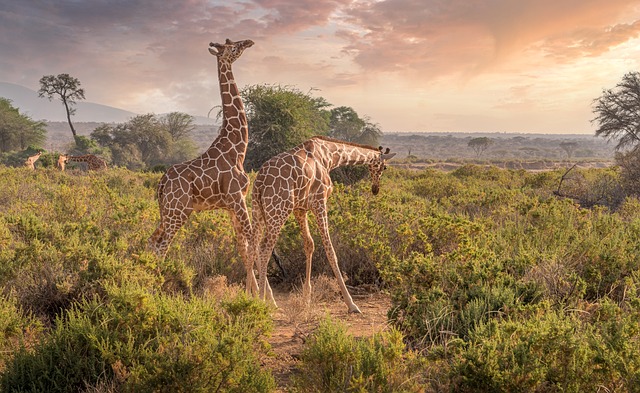Category: Countries
-
Madagascar Facts for Kids | Fourth Largest Island in the World
Located on the shoreline of Southeast Africa in the Indian Ocean, Madagascar is an island country. It consists of the main island of Madagascar as well as other small islands. It was separated from the Indian peninsula about 88 million years ago after the ancient supercontinent Gondwana was split up (135 million years ago). Its…
Written by
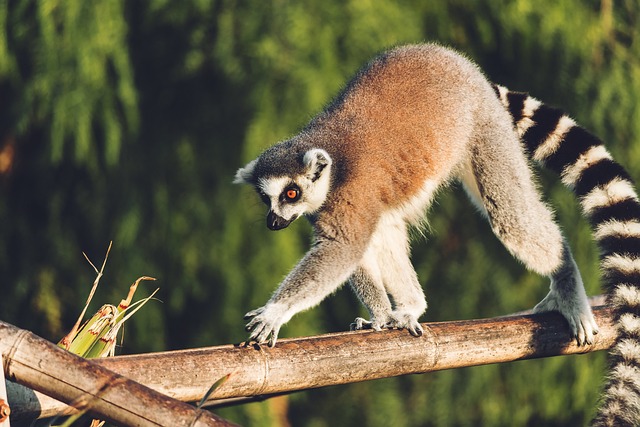
-
Thailand Facts for Kids | Golf Capital of Asia
Located at the heart of continental part of Southeast Asia, Thailand was previously known as Siam which means dark or brown. It shares borders with Laos, Cambodia, Myanmar, Gulf of Thailand and Malaysia. On 20 May 2014, the military of Thailand declared Martial Law and since then it has been ruled under National Council for…
Written by
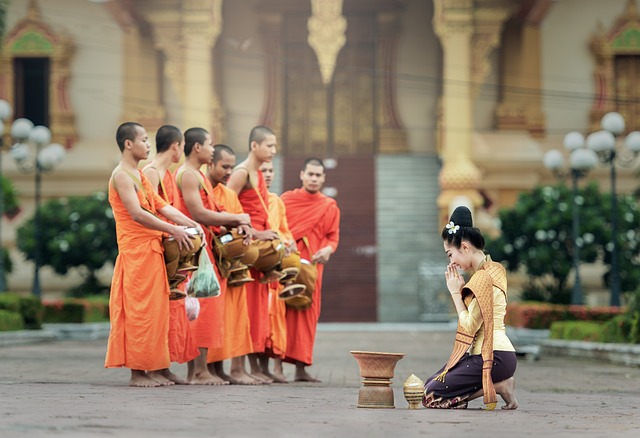
-
Netherlands Facts for Kids | Second Largest Exporter of Foods
The Netherlands is a small yet thickly populated country of Western Europe. In the Caribbean Sea, there are three islands that also form part of this country i.e. islands of Saba, Sint Eustatius and Bonaire. The literal meaning of the word ‘Netherlands’ is ‘lower countries’. It is because of the lowland features of this country.…
Written by
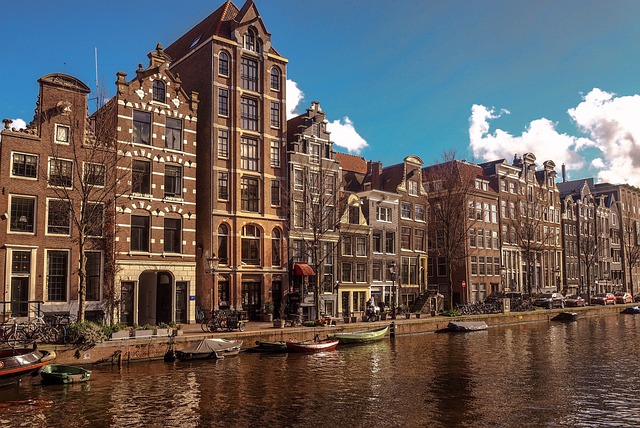
-
Czech Republic Facts for Kids | Popular Beer-making Country
It is a landlocked country of Central Europe. It shares borders with Slovakia, Germany, Poland and Austria. The three historical regions of Czech Republic are known as Czech Lands and include Bohemia, Moravia and Czech Silesia. The name of this country comes from the Slavic tribe of Czechs known as Čechové. On 1 January 1993,…
Written by
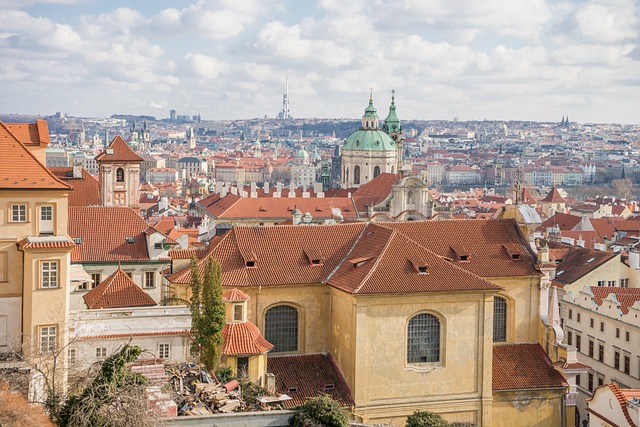
-
Cuba Facts for Kids | Largest Island of Caribbean
Cuba is an independent state and it consists of group of small islands. It is situated at the north of Caribbean. Cuba is located at a place where two rivers meet i.e. Atlantic Ocean and Gulf of Mexico. Cuba is ethnically diverse country and its culture is very much similar to those in Latin America.…
Written by
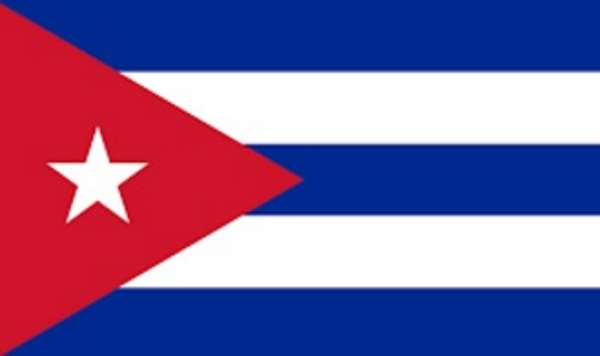
-
Colombia Facts for Kids | Paradise of Flora and Fauna
Located at the southwest region of South America, Colombia hosts people from all over the world and thus, the diversity of cultural heritage is the hallmark of this country. It is also home to one of the most diversified species of flora and fauna in the world. Almost 300,000 species of invertebrates are found in…
Written by
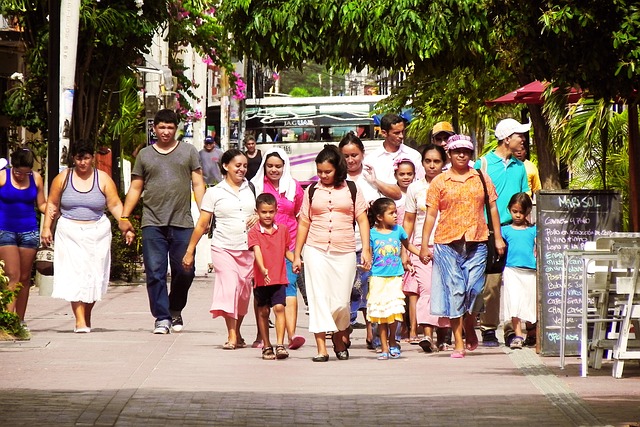
-
Cambodia Facts for Kids | Country of Kampuchea
Previously known as Khmer Empire, Cambodia is situated on the south of Mainland Southeast Asia. The official name of Cambodia is ‘Kingdom of Cambodia’ and traces its origins to the Khmer word ‘Kampuchea’. Kampuchea, in turn, came from a word in Sanskrit ‘Kambujadeśa’. During French colonization, it became Cambodge which was converted to Cambodia in…
Written by
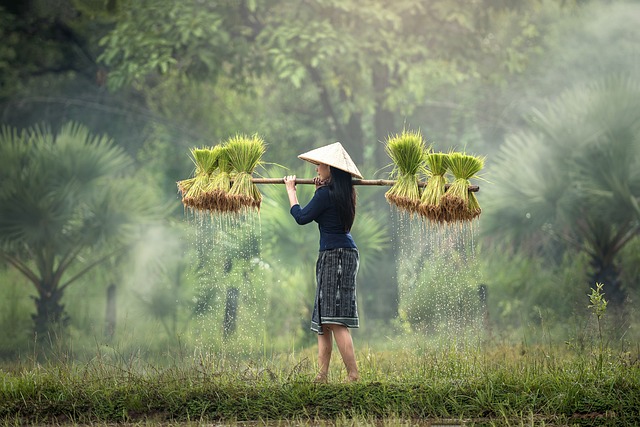
-
Barbados Facts for Kids | South American Island
Barbados is among one of the group of islands situated in the Caribbean Sea that are collectively known as the Caribbees. It is an autonomous island country of the New World and lies within the Atlantic Ocean to the eastern side of the islands of West Indies. Geologically, Barbados lies at the edge of the…
Written by
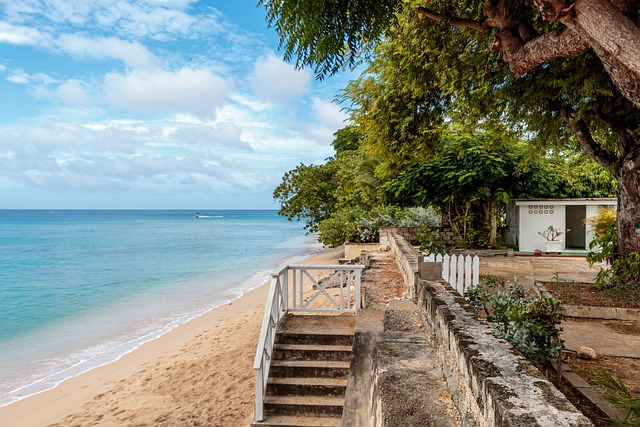
-
Philippines Facts for Kids | Island of Gold and Copper Deposits
Located at the western part of the Pacific Ocean, Philippines is an island country of Southeast Asia. Philippines is situated at the Ring of Fire of the Pacific Ocean. Ring of Fire is a region in the Pacific which contains 452 volcanoes and thus, Philippines is always in danger of a large number of earthquakes.…
Written by
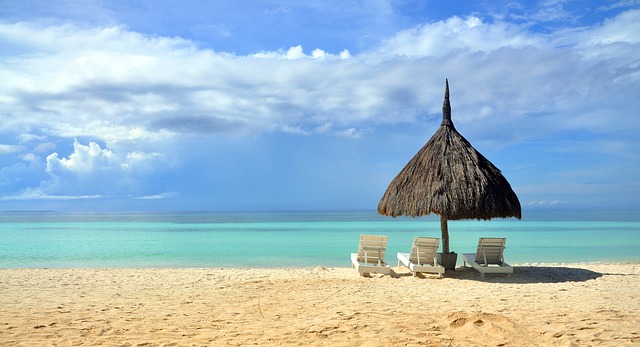
-
Iceland Facts for Kids | Second Largest Island of Europe
Located between the Arctic ocean and the North Atlantic ocean, Iceland is essentially a Nordic island country. Nordic are those countries of North Atlantic and Northern Europe that are geographically and culturally linked to each other. Apart from Iceland, the other two Nordic countries are Finland and Scandinavia. The population of this country is spread…
Written by
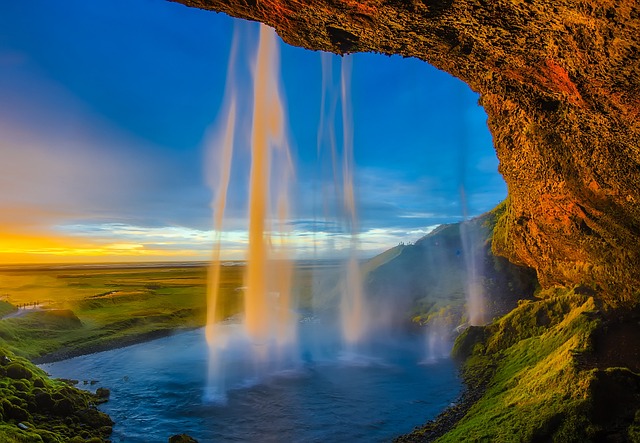
-
Cyprus Facts for Kids | Popular Island of Mediterranean
Cyprus is an island country. It is located off the seashores of Turkey and Syria and at the eastern region of the Mediterranean Sea. Cyprus is one of the three leading countries of European Union that spends most on education as a percentage of GDP i.e. 7% of GDP. The first two countries are Denmark…
Written by
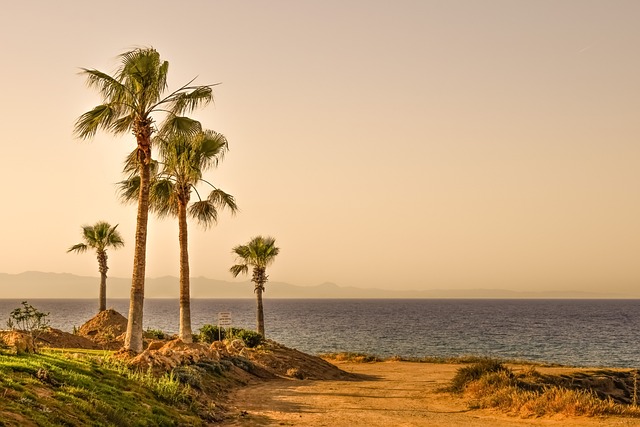
-
Costa Rica Facts for Kids | Coffee-producing Country
The literal meaning of the word ‘Costa Rica’ is ‘rich coast’. It was probably Christopher Columbus who first named this region. Located in Central America, Costa Rica holds great variety of species. In fact, one of the greatest diversities in species around the world is found in Costa Rica. Almost 5 percent of biodiversity in…
Written by
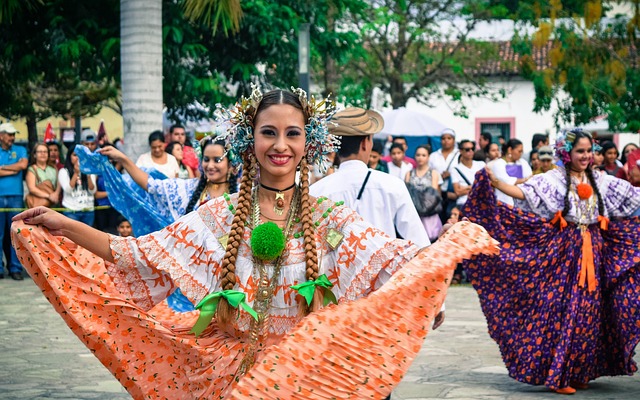
-
Belgium Facts for Kids | Home of Chocolates
Belgium is widely known for its chocolates, waffles and beer all over the world. Not only this, French fries were made for the first time in Belgium. As for its size and population, it is a small yet heavily populated country of Western Europe. Belgium is also one of the Low Countries i.e. countries located…
Written by
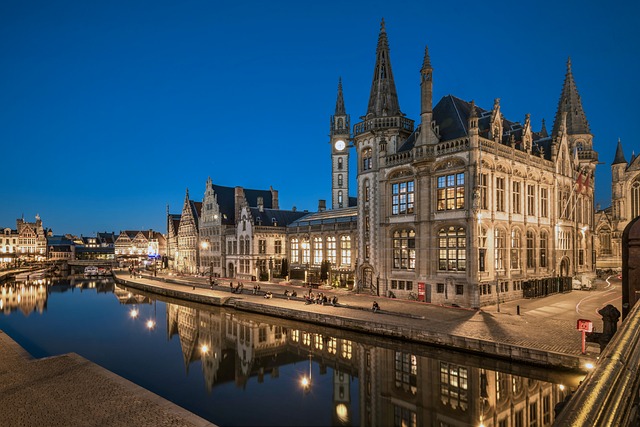
-
Austria Facts for Kids | Mountainous Terrain
The word Austria is derived from the German word Österreich, which means ‘eastern relm’. It was recorded for the first time in the 12th century. Located in central Europe, Austria is a landlocked country. The region is situated within the most extensive mountain range of Europe known as the Alps. That is why territory of…
Written by
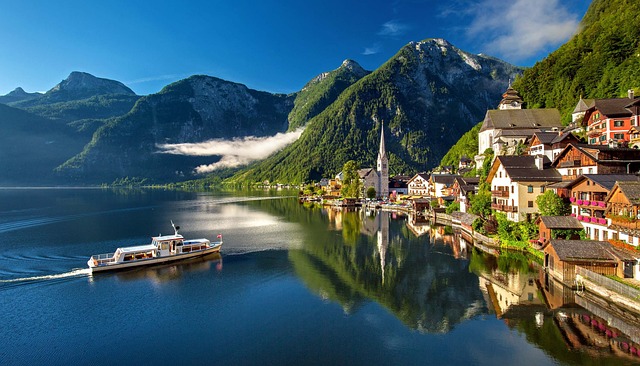
-
Singapore Facts for Kids | The Lion City
Singapore is not a country but a global city. It is also called world city. Singapore is the only city-state which consists of islands and thus came to be known as island country. The names of other city-states are Vatican City and Monaco. Singapore is among one of the Four Asian Tigers. The names of…
Written by

-
Australia Information for Kids – History, Government, Geography, Climate, People, Plants and Animals
Australia is an amazing country and this Australia information for kids page will give you all that you want to know about Australia. Australia is the smallest continent among the seven continents of the world and is the only continent that is also a country. According to land area, Australia is the sixth largest country in…
Written by
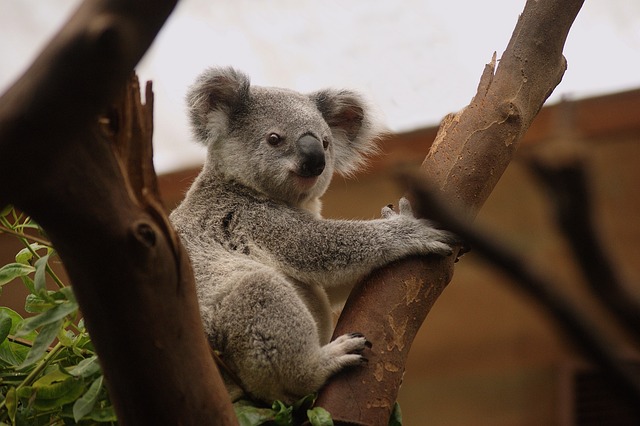
-
Argentina Facts for Kids | Second Largest South American Country
Argentina is among one of the most economically stable countries of Latin America. During the early part of the 20th century, Argentina was also one of the world’s wealthiest economies. Since it lies in South America, the Spanish language is the widely spoken language here. The Spanish came to Argentina in the early years of…
Written by
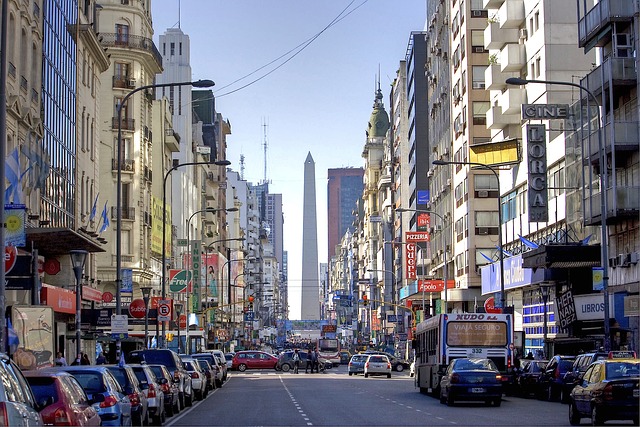
-
Chile Facts for Kids | Largest Producer of Copper
It is a country in South America. It lies between the Pacific Ocean and the Andes mountains. According to Chile, almost 1,250,000 square kilometers of region in Antarctica is also part of Chile. In the South, there are many forests and farmlands. In the North lies the driest desert of the world called Atacama Desert.…
Written by
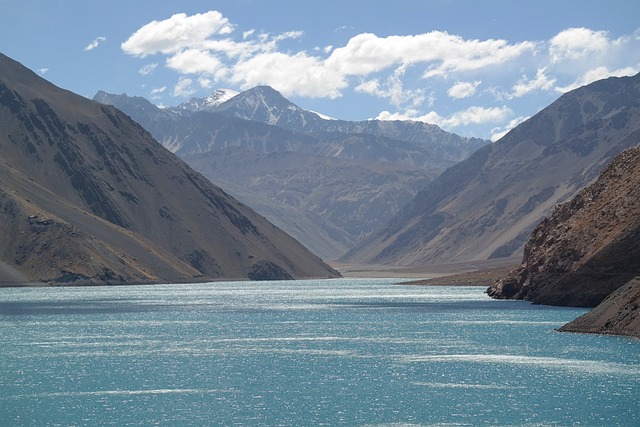
-
Switzerland Facts For Kids | Wealthiest Country Of Europe
It is a landlocked country and has a temperate climate. The economy of Switzerland is one of the most stable economies around the world. Switzerland has had no military conflict with any other country. It has largely adopted a policy of being a ‘neutral’ nation even in two world wars which is why its ground forces…
Written by
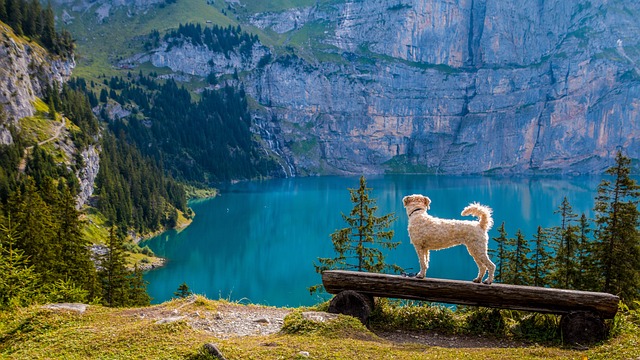
-
Kenya Facts For Kids | Cradle of Mankind
Kenya is arguably one of the most well-known countries in the world. The country is rich in mountains, deserts, forests, coastlines, along with the huge Lake Victoria and Rift Valley. It stands as one of the major tourist resorts in Africa. It is home to many different wildlife species. Kenya lies in the middle of…
Written by
